Crabs are a familiar sight but how many people know about the peeler crab? This fascinating crustacean isn’t primarily for the dinner plate, rather it plays an essential role as bait for seasoned fishermen. Here’s everything you need to know about our extraordinary friend – the peeler crab.
The Life Cycle of a Peeler Crab
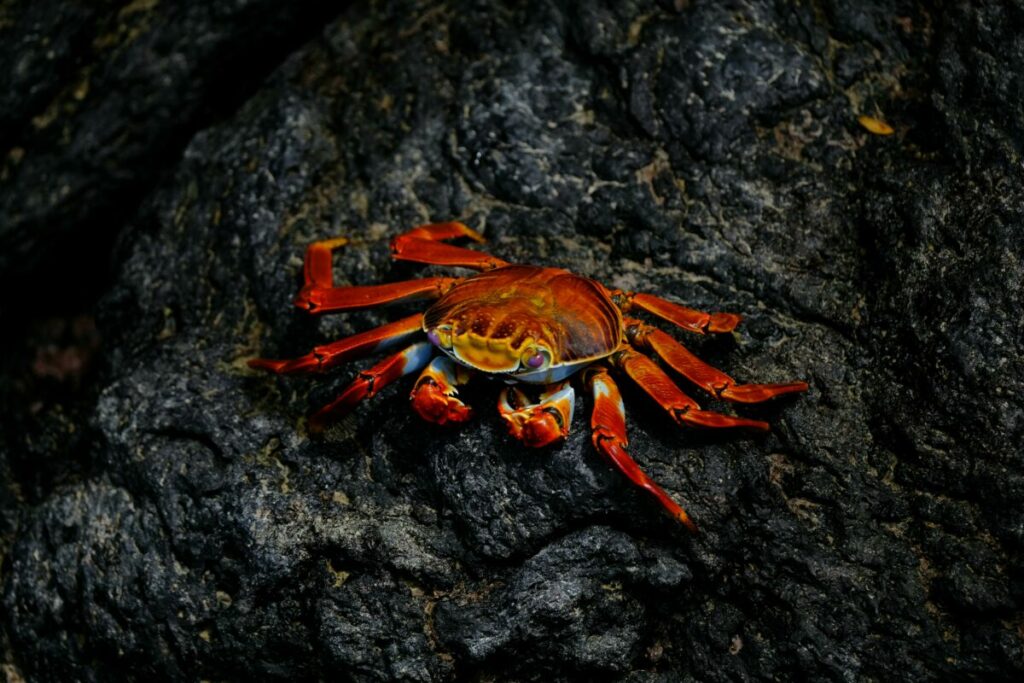
The term ‘peeler crab’ refers to any crab in its molting phase. Crabs, being part of the crustacean and the larger Arthropod family, have a unique life cycle. Their hard shell or exoskeleton, which serves as their housing and defense mechanism, sadly restricts physical growth. So, how do these creatures manage to grow? They simply shed or molt their shell, kick-starting the next stage of their life and earning the moniker ‘peeler crab’.
Peeler Crab Molting and Its Fascinating Process
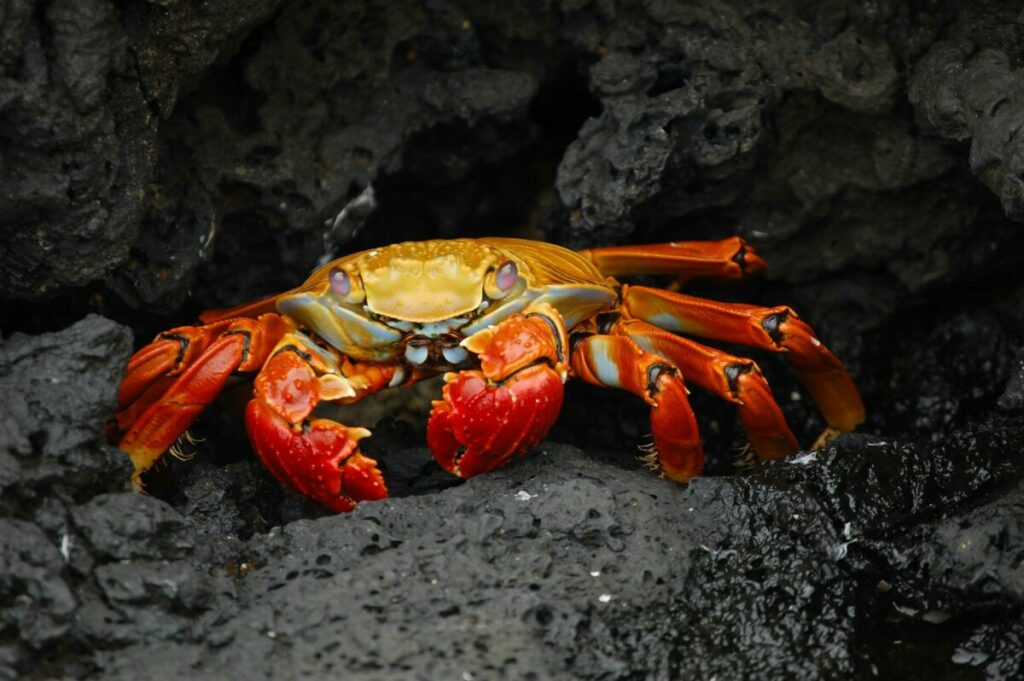
During molting, the crab’s shell starts dulling, showing signs of cracking. Underneath, a new shell has already begun to form. This transformation involves the intake of additional moisture, which prompts further cracks in the old shell. Eventually, the outdated shell splhttps://unsplash.com/photos/brown-woven-basket-on-beach-during-daytime-__A4PukJIOoits off. It’s a delicate period for our peeler friend, with protective armor gone, they become easy pickings for predators. But this is where they become a treasured tool for fishermen as potent bait.
Optimal Bait – The Peeler Crab Advantage

A peeler crab doesn’t promise an abundant fishing yield on its own, using this unique bait requires skilled hands and experienced minds. Knowing which fish are seduced by this peculiar bait at various times of the year is crucial. The catch range typically includes delightful specimens such as cod, coalfish, flounder, whiting, and bass, varying slightly depending upon the region.
Using Peeler Crab as Bait
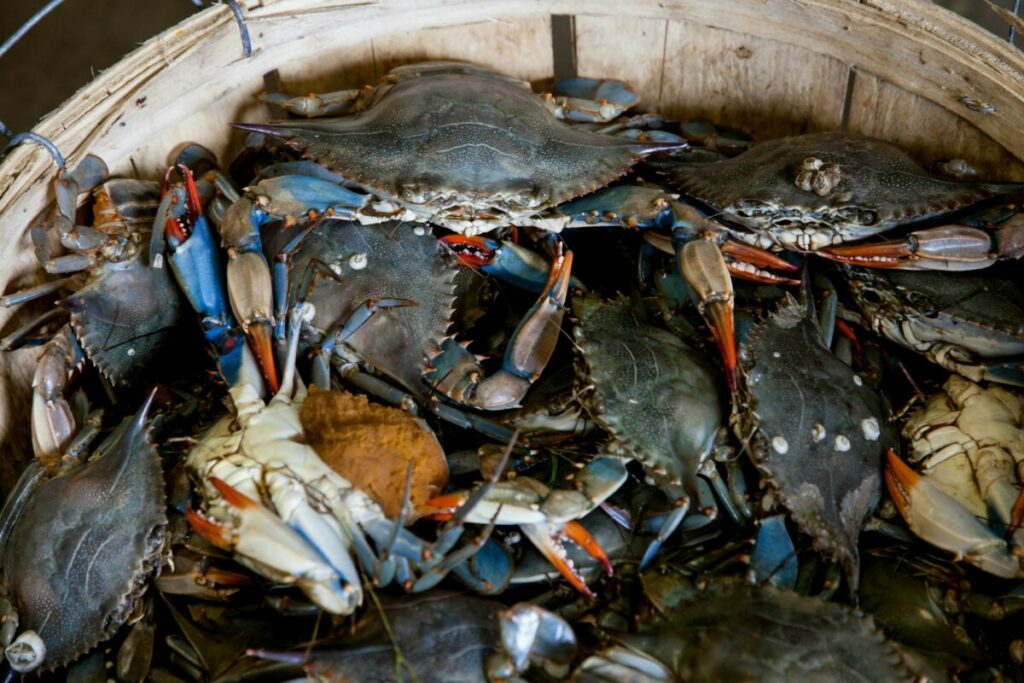
Contrary to what one might think, using a peeler crab as bait is not as easy as merely impaling it on a hook. It’s a craft that takes time and precision. Here’s a simple step-by-step guide:
- First, find and swiftly kill the crab to prevent suffering.
- Next, the legs, claws, and shell, now showing signs of cracking, are removed.
- The various shell plates like the tail, side cheek, body center, and mouth shields are best to remove, leaving the juicy flesh exposed.
Mounting the Peeler Crab on a Hook
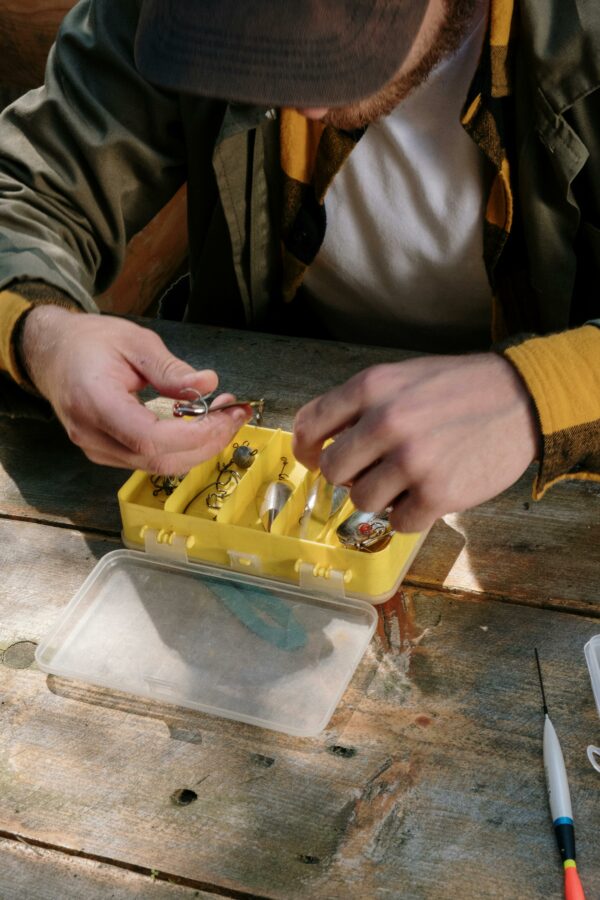
With the dismembering done, it’s time to mount the crab on the fishing hook. Short shanked hooks are typically recommended. The crabmeat is secured to the hook using an elastic line to prevent loss during casting. Multiple loops of line are used, ensuring the functionality of the hook is maintained.
Storing Peeler Crabs for Later
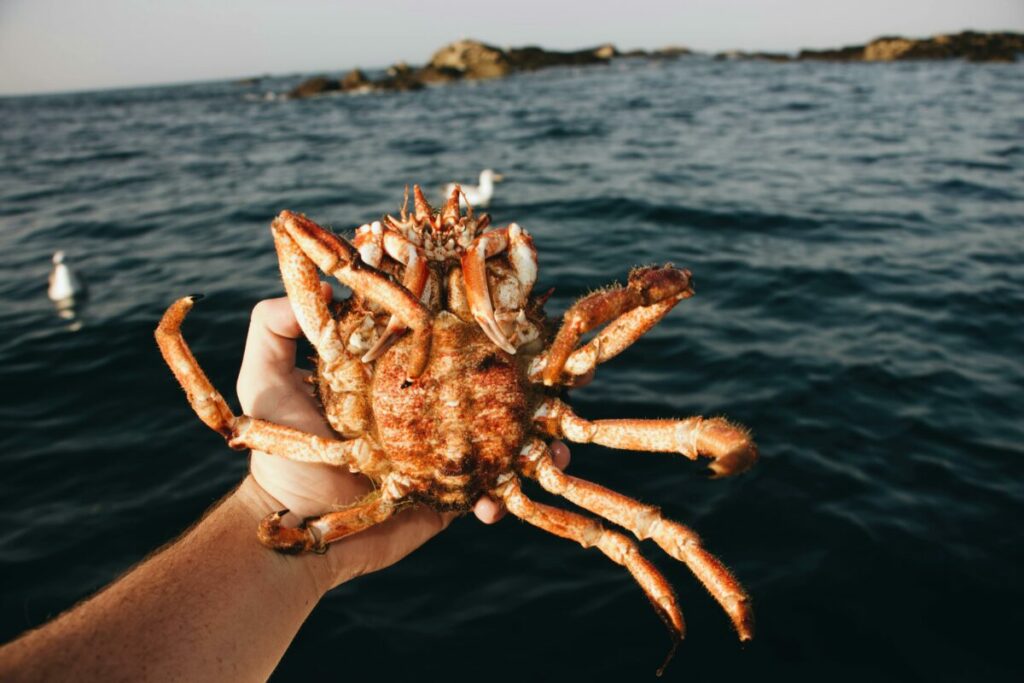
Many seasoned fishermen use a smart strategy. They go ‘peelering’ or searching for molting crabs in large numbers, dismantle them, and freeze for future use. In such cases, remember to remove the crab lungs before freezing.
The peeler crab is indeed an effective and intriguing bait. Time and patience in mastering the skill of its preparation might just lead to novel fishing stories and plentiful catch!